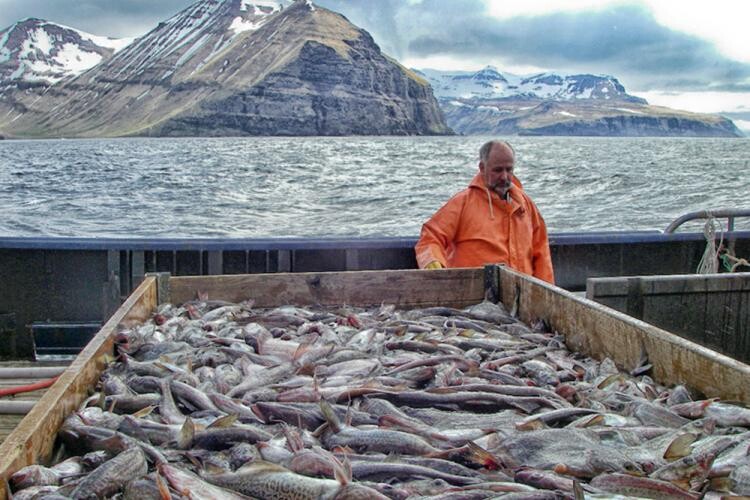At a time when science-based decision-making is more critical than ever for the future of Alaska’s fisheries, researchers at NOAA’s Alaska Fisheries Science Center (AFSC) are navigating severe staffing shortages and budget uncertainties heading into 2025.
Despite the setbacks, the Center is doubling down on its mission: delivering the data federal fisheries managers rely on to keep Alaska’s waters productive and its fisheries sustainable.
“A loss of staff and uncertainties about the budget have not changed the importance of our mission,” said Bob Foy, science and research director for AFSC, in a virtual presentation from Juneau during ComFish Alaska, held April 16 in Kodiak, as reported by The Cordova Times.
That mission, Foy emphasized, includes supporting sustainable fisheries, conserving protected resources, and maintaining healthy marine ecosystems across Alaska’s expansive and diverse waters.
According to Foy, AFSC’s priorities for the 2025-2026 research season include gaining better insight into how environmental forces like ocean heat waves are shaping marine ecosystems, particularly the survival of salmon in the marine environment. “If Alaska experiences another heat wave, we want to be able to… move with the fish, using old tools and new,” he said during the ComFish session.
The Cordova Times also shared that the Center is continuing its long-running commitment to core surveys, including work in Shelikof Strait to support fisheries around Kodiak. While the Shelikof pollock acoustic survey is already in the books for the year, Foy noted that other upcoming surveys are still clouded with uncertainty due to constrained resources.
AFSC researchers are working to answer key questions: How many fish are in the water? How fast are they growing? How much fat are they storing? And how does that differ in warm years compared to cold ones?
“It is important to understand the impact of heat waves on fish and their prey, on who is eating whom,” Foy said.
According to The Cordova Times, another focal point of ongoing research included determining genetic distinctions between stocks and tracking feeding patterns, size, sex, and age- all key factors in understanding how fisheries may shift in the years to come.
Field and lab studies are helping scientists map out seasonal migrations, stock connectivity, and habitat use for species like the Gulf of Alaska Pacific cod.
AFSC has also integrated artificial intelligence tools into its long-term diet studies, focusing on how warming waters affect Pacific cod food sources.
In addition to biological research, AFSC is refining economic impact models to help policymakers understand how fisheries shape the health of coastal communities, from workforce development and energy innovations to localized science and environmental stewardship—better predictions about what today’s young fish will mean for tomorrow’s harvests.






